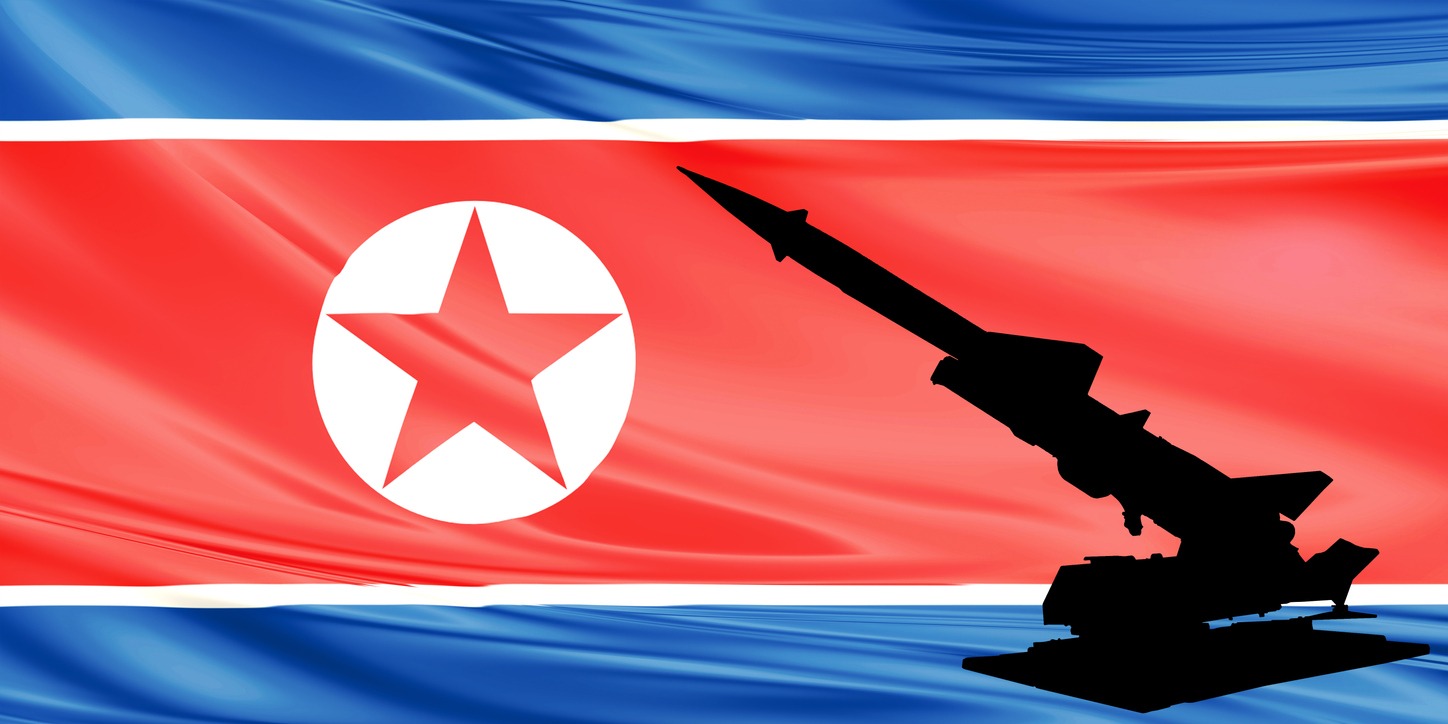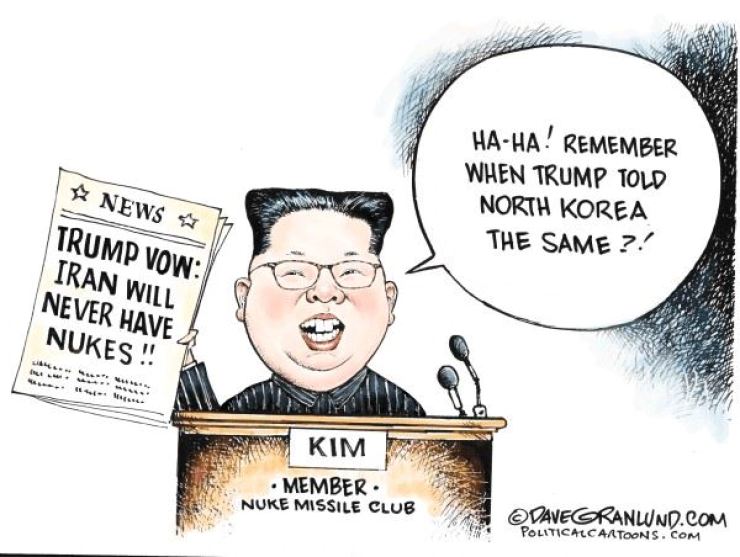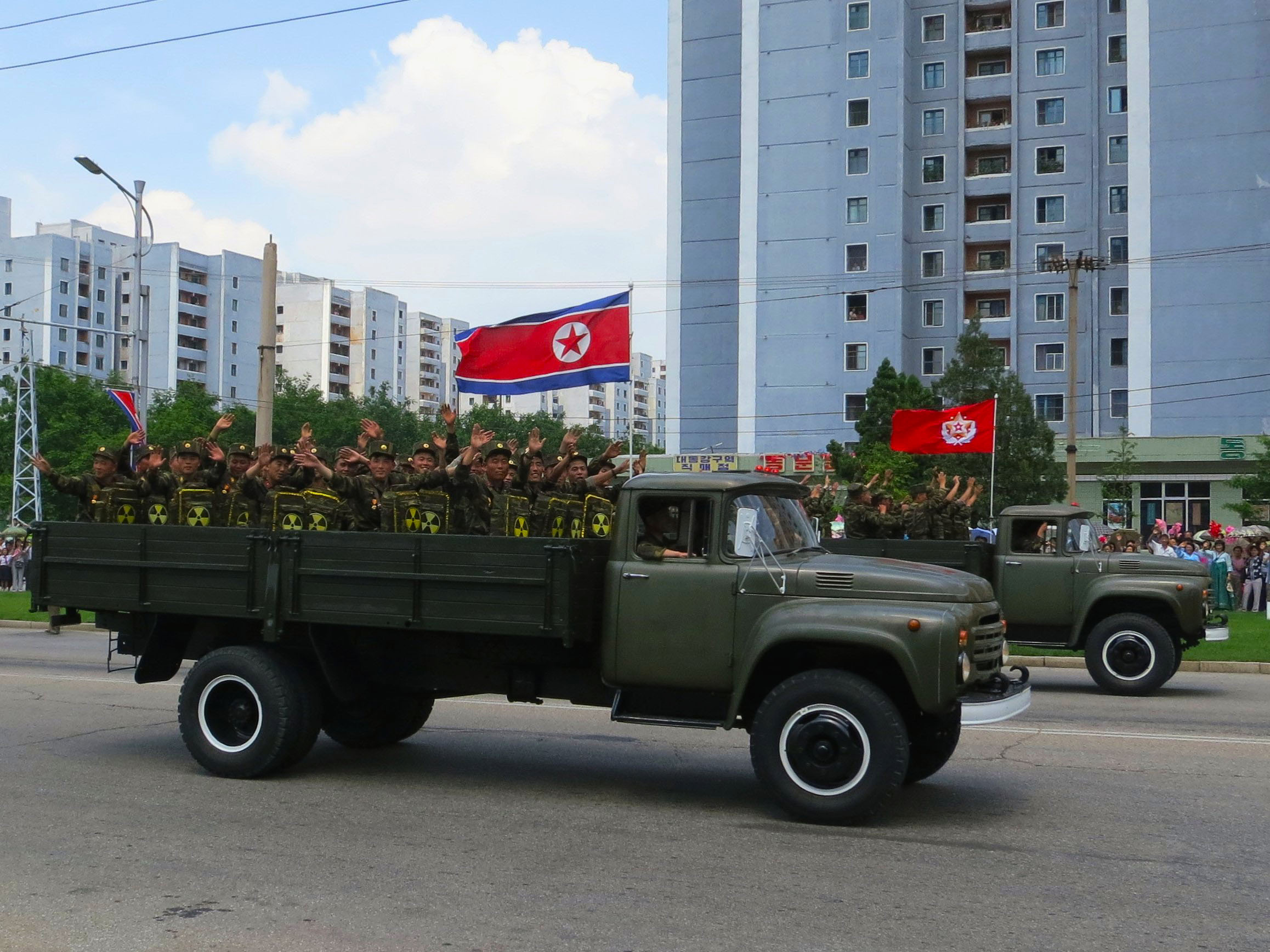North Korea’s Leadership Contingency and Nuclear Weapons
In the past few weeks, there were a series of claims that North Korean leader Kim Jong-un had died or was in critical condition. Numerous theories and speculations surrounding him ended when he finally appeared at the opening ceremony of a Sunchon fertilizer plant on Labor Day, May 1.
Although it ended up as a groundless rumor, the incident taught us that we should always be careful about Kim’s health. There have always been predictions that his health, as he is seriously obese, could be in trouble. However, the fact that he could collapse at any time due to health problems has become clearer than in the past.
Kim, who is 36 years old this year, is only 170 centimeters tall, but he reportedly weighs 130-140 kilograms due to binge eating and heavy drinking. In addition, smoking and cardiovascular disease, a family history, are also negative factors for his health.
What would happen to North Korea if there were unexpected problems with Kim’s health? North Korea is a system in which one supreme leader decides everything, and so what would happen if Kim disappeared?
Amid all kinds of speculation and rumors surrounding Kim’s future, the second anniversary of the Panmunjeom Declaration passed quietly. Two years have passed since South Korean President Moon Jae-in and Kim held their summit at the truce village of Panmunjeom and adopted the April 27 Declaration, which promised to establish a peace regime on the Korean Peninsula; but the cold air between the two Koreas still remains.
Experts say that inter-Korean relations have returned to the pre-declaration level. Denuclearization negotiations between the U.S. and North Korea also stalled as a summit between Donald Trump and Kim in Hanoi in February last year, and the working-level Stockholm negotiations in October, ended without any results.
The South Korean government should make every effort to come up with measures to protect its national security and interests in preparation for any sudden changes in North Korea, including Kim’s potential “demise.”
The biggest reason is that North Korea is a nuclear power that has accumulated more than 30 nuclear warheads through six nuclear tests. In the event of a power vacuum in North Korea, securing the safety of these nuclear weapons, which are be hidden throughout North Korea, is likely to shake up the situation in Northeast Asia, with China’s influence being strengthened.
Particularly, we have to focus on three important questions. First, what would happen to North Korea’s domestic politics without Kim? Will there be regime collapse, or a sudden change ― possibly an implosion ― as many experts predict? If case is gone, who will lead the reclusive country?
A number of North Korean experts at home and abroad believe that Kim Yo-jong will likely succeed to power. She is Kim’s younger sister, and many observers say she could be the most likely choice. However, the speculation raises another big question: Could a woman, even the sister of the current leader, ever lead North Korea?
It is questionable whether a young woman who has not been officially named as the successor in North Korea, a deeply rooted patriarchal society, could become the top leader. If the power succession does not take place quickly in the event of Kim’s death, there is the high possibility of uncontrollable chaos within the North.
Second, who will take care of North Korea’s nuclear weapons and material? In the event of a regime collapse, there is a real danger that these weapons and material will leak out of the country and fall into the hands of terrorists or other non-state actors for use against the international community.
To prevent such an incident, a prompt, forceful, and sustained ground action may be required. It poses a serious threat to international security if certain factions illegally hijack nuclear weapons or nuclear material with dangerous intentions in the chaotic period of North Korea’s collapse. The U.S. has a long established plan to respond to sudden change in the North and has been closely coordinating with South Korea.
Third, which is closely related with the second point, how major stakeholders ― including the U.S., China, and South Korea ― should prepare for a leadership vacancy in Pyongyang?
In any contingency situation, including a leadership vacuum in the North, China has insisted that the two Koreas should make “self-reliant unification” without any intervention from external forces ― particularly the United States. The parties involved in the North’s emergency situation must discuss and prepare in advance to avoid any conflict situations. It was kind of taboo to officially discuss North Korea’s sudden collapse, but we can’t put off these discussions any longer.
In the April 15 general election in South Korea, the ruling liberal party won a landslide victory. Also, President Trump’s nominee for director of national intelligence, John Ratcliffe, said, in a statement submitted prior to his confirmation hearing, that North Korea may be willing to give up some nuclear and missile capabilities in exchange for sanctions relief and other gains.
It is still unclear whether North Korea will accept such a U.S. gesture of dialogue. It is time for the North to answer such a call, even if COVID-19 complicates internal affairs in the North.
Lee Sang-hyun is a senior research fellow at the Sejong Institute in Korea, and president of Korea Nuclear Policy Society. He is also a member of the Asia-Pacific Leadership for Nuclear Non-Proliferation and Disarmament (APLN). His article was published in cooperation with the APLN.
This article was first published in The Korea Times on 13 May 2020 and is part of dedicated, regular column with analysis by APLN members on global issues. You can access the original post here.
Image: iStock.




